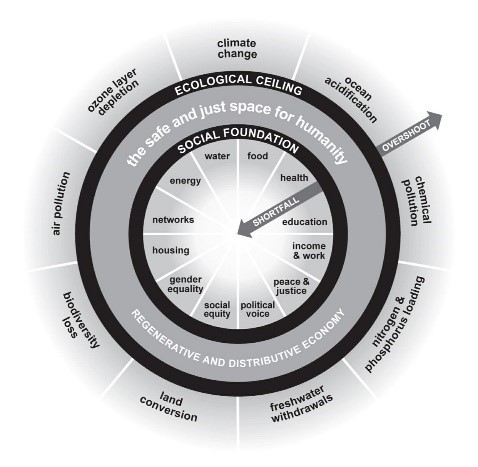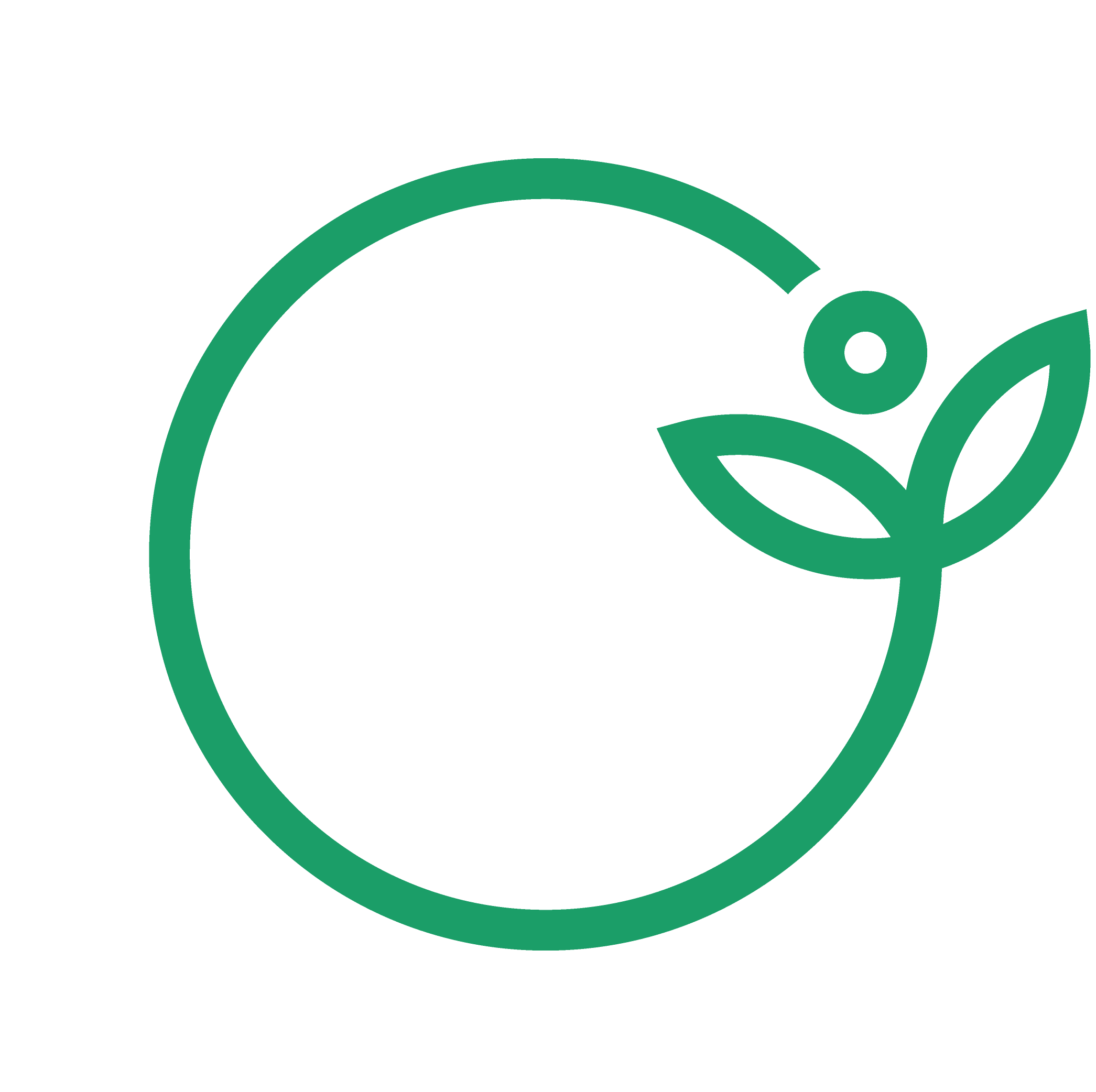Take-Make-Waste was how the Ellen MacArthur Foundation described our current, linear economy. In a linear economy, raw materials are collected, and then transformed into products that are used until they are finally discarded as waste. Value is created in this economic system by producing and selling as many products as possible.
A product of the industrial revolution, we continue to act as if the earth’s resources are infinite, eternal economic growth is the only way for humankind to thrive and that limitless consumption has no negative consequences. But the fact is that resources are limited, post consumption wastage is not regenerative and does not put any resources back, ‘Profit foremost’ focus shortchanges quality of life for the majority of people on this planet, and climate change repercussions are all around us. The expiration date for the linear economy is long past.
It is time for the Circular Economy. The World Economic Forum’s definition is “A circular economy is an industrial system that is restorative or regenerative by intention and design. It replaces the end-of-life concept with restoration, shifts towards the use of renewable energy, eliminates the use of toxic chemicals, which impair reuse and return to the biosphere, and aims for the elimination of waste through the superior design of materials, products, systems, and business models.” It rethinks extraction, production and consumption in entirely new ways by including environmental and social as economic factors over and above the limiting view of labour and capital as the only inputs that need to be managed. As Kate Raworth, the author of Doughnut Economics argues, we need to put two guard rails on our economic activity that define its playground:
- The first boundary being that all such activity should give every individual access to a quality of life that includes, at the minimum:
- Fair-income livelihood opportunities without barriers of race, origin, gender
- Affordable education, healthcare, housing, energy and financing
- Nutritious food, clean water and sanitation
- Political voice, peace and justice, dignity
- Access to networks of information and social support
2. The second planetary boundary should be that economic activity foregoes anything that upsets ecological and natural balance and does not contribute to increased climate change, ocean acidification, chemical and air pollution, ozone layer depletion, bio-diversity loss, land degradation, nitrogen and phosphate loading and freshwater withdrawals.
Source: Doughnut Economics
The first thought that might cross your mind - this is too tall an order and unrealistic. But remember, we have over the past two hundred years achieved what our ancestors would have deemed unrealistic and maybe impossible. It is up to us who are its current inhabitants with what we know now to forge a new reality just as we did with the industrial and information ages. Ayn Rand said that when things don’t seem to work, “check your premises”. All that we are asking now is to check your economic premises and broaden it to include the environment and social requirements beyond just money. Let’s set new rules, play by them and usher in the Circular Age.
The second thought that could pop-up is, how do I, as an individual even contribute to this change? Isn’t this what our leaders, governments and companies have to do? As a denizen, with the power of your wallet and vote, you can move the needle. Refuse to buy a product that is not sustainable. Agree to pay a fair price that reflects the cost of consumption and not just production. Vote in leaders who see the big picture and demonstrate the political will to affect change. Challenge your family, friends and colleagues to question the status quo. As a professional, redesign products and processes in line with circular economy principles in your area of operations. There is much you can do, but you have to do it now before it is too late.


